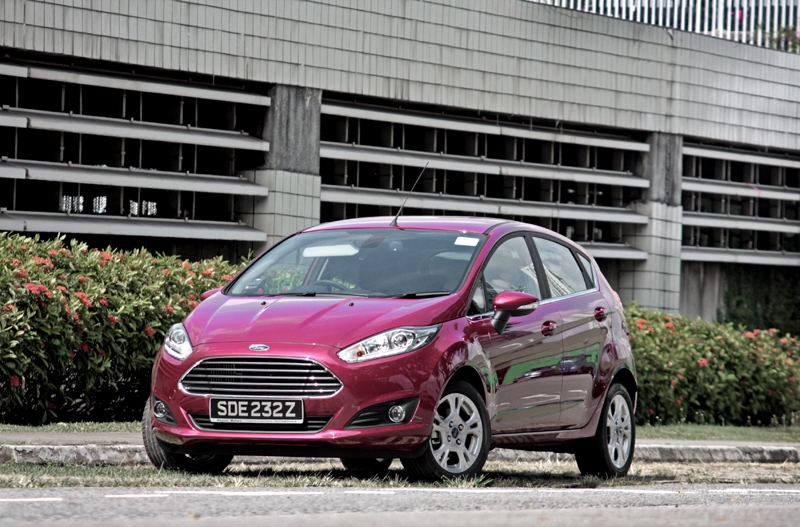Finally life is a fiesta when you… err… have a Ford Fiesta
Photos by Azfar Hashim
The previous Fiesta is a gnu compared to this new one. Well finally, at least, Ford managed to get up from their slumber to give the world something that leaves a smile: a small car that performs like Speedy Gonzales. And most importantly proved that it is, indeed, a fiesta.
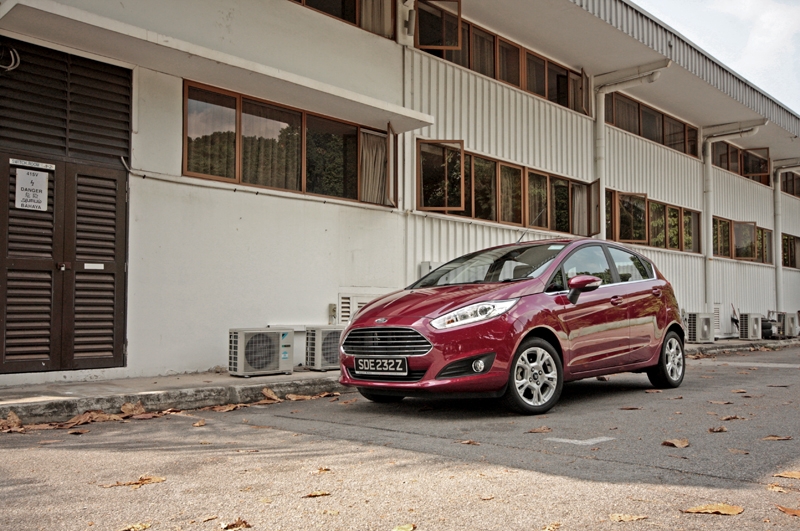
This little cracker packs quite a punch for its class. From that smallish 1.0-litre, 3-cylinder lump matched to a 6-speed dry-sump dual-clutch automatic (manual not offered unfortunately), it whips out a spectacular 99 bhp and 170 Nm of torque, does the 0-100 km/h run in 10.8 seconds and has a top speed of 180 km/h.
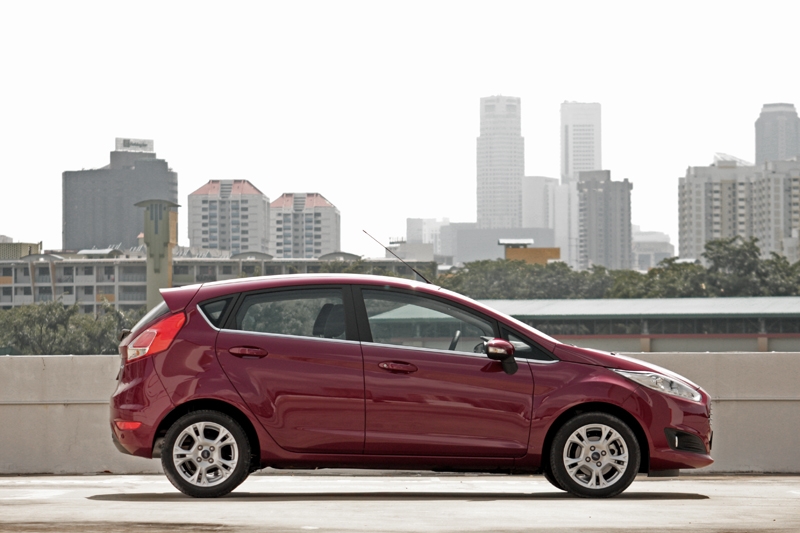
Heck. My first car, a 3-cylinder 1.0-litre Perodua Kelisa with a 5-speed manual only managed 54 bhp, 88 Nm and took two years and seven months to reach 100 km/h. It’s top speed? About 140 km/h before I saw my life flash by (even then, the Grim Reaper laughed and allowed me to move along).
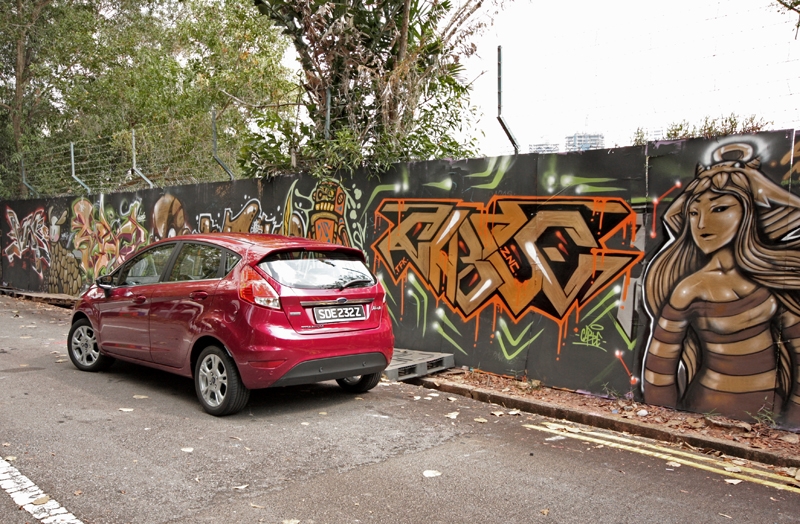
Oh how times have changed.
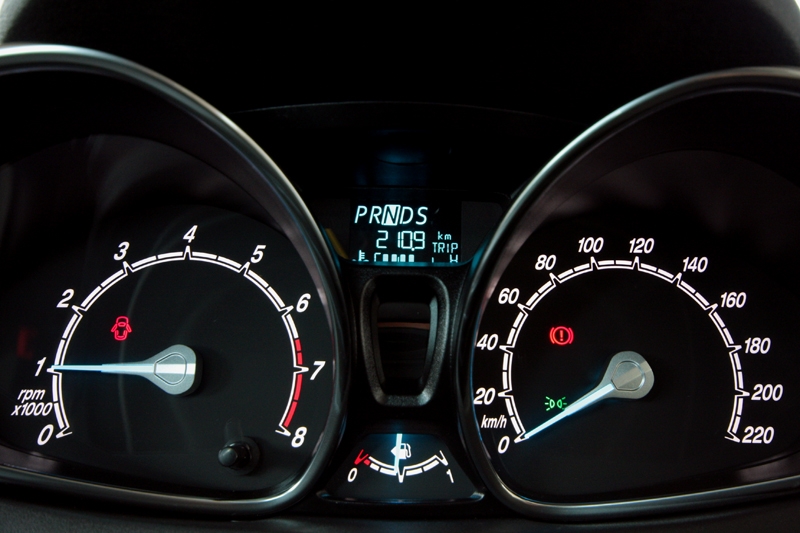
It obviously took a whole lot of engineering effort from Ford to produce something magical like this. Perhaps about 103 years and 27 days ago, the entire department huddled up and decided, “Alright listen up, let’s come up with a world-class engine and transmission combo”. Then put it into a supermini to test the market, before going up the brand’s other bigger models.
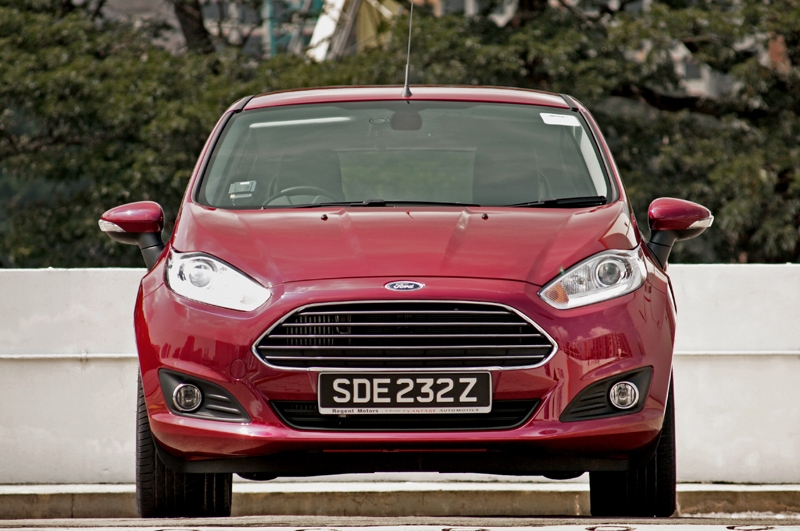
Problem here was, they were a little late. Ok, by a lot. Volkswagen already implemented a small 1.4-litre super plus turbocharged engine with a twin-clutch transmission as early as 2007 — the Mark V Golf GT. A lot of development and corrections were made, a lot more models under Volkswagen’s umbrella were given that same exact combo to the point the moment you think of small, force-fed engines and dual-clutch ‘boxes, you immediately think, “ahh… Volkswagen”.
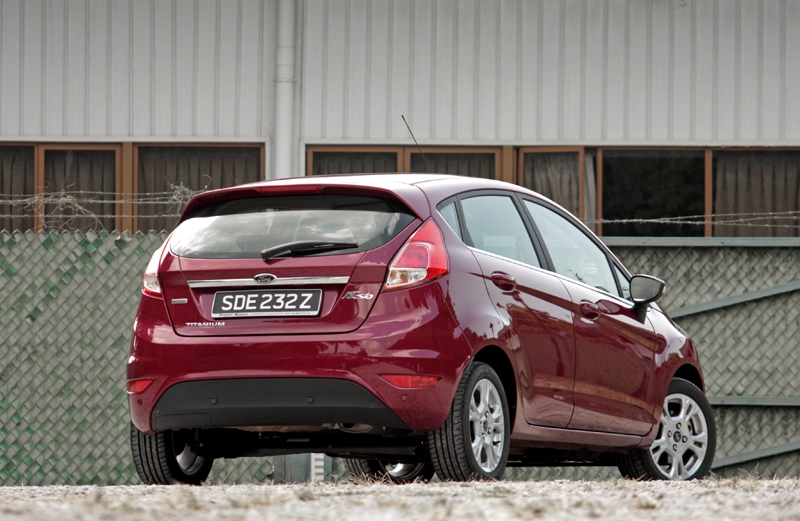
But before I appear as if I am discrediting Ford with great disdain, let’s rewind a wee bit though. Somewhere in 2011, the Mondeo arrived here with a turbocharged engine, mated to a 6-speed dual-clutch. Some time later, the Galaxy, S-Max, and then up till last year, the Kuga arrived with the same engine and transmission. Surprisingly though, neither came close to Volkswagen in terms of sales numbers.
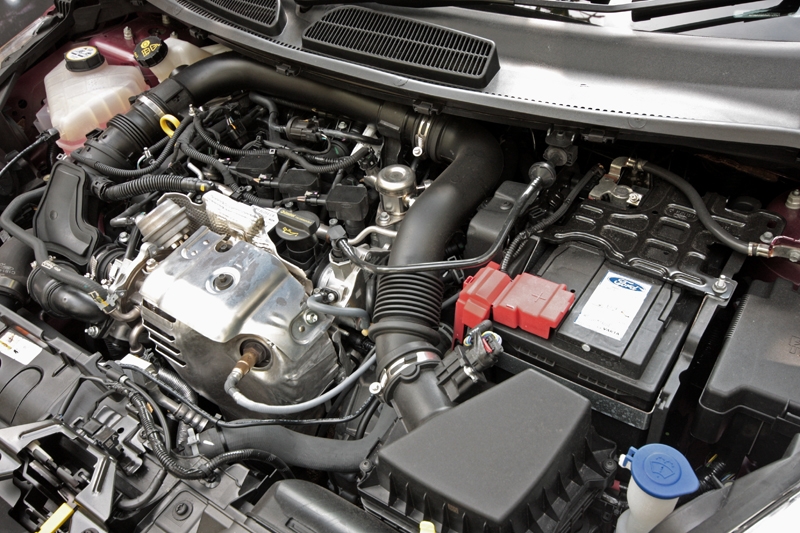
But in the supermini segment, things look set to change. This 1.0-litre 3-cylinder engine has won so many awards that I have to admit, it is good. Although officially stated as 99 bhp, it felt more than that: the Fiesta is willing to be pushed hard to the 6,500 rpm redline, is brisk from one traffic light to the other and darts from one lane to the other like a gnat. To sum up the performance aspect of the car, it’s fun and can be pesky to others (heh… heh… heh…) at the same time.
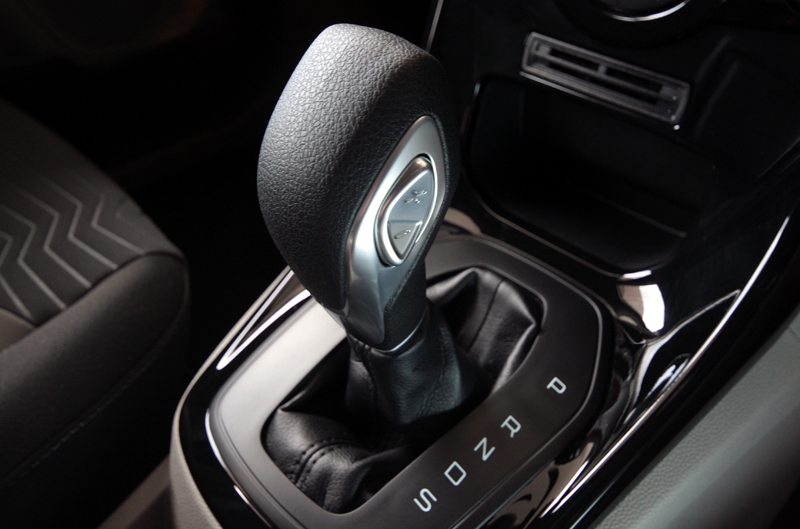
Even the transmission shifts quickly and seamlessly, you need to look at the tachometer to keep track — perfect for CBD peak hour traffic as, really, smoothness is the order for the day in situations like this. Swap to ‘S’ and it gets a little bit more aggressive; it tries its very best to muster every available power. Impressive for a small car.
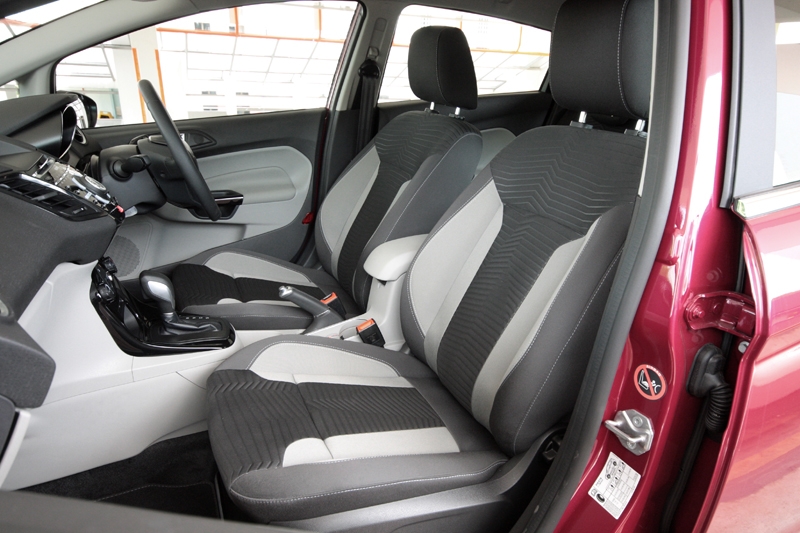
Then there’s the chassis. We all know how the Focus is such an established and focused handler (pun intended, of course); the same can be said of the Fiesta. While it may appear a tad soft under normal driving situation, when shown a series of bends however, it feels perfectly sorted. Body roll can be felt, but it’s there more to give you a sense of direction than throw you off. There’s grip, grip, and grip, with the steering perfectly weighted to add a devilish grin on your face. When the Fiesta think it has had too much drink, the traction control would suddenly appear out of no where; you see the warning light flickering, but there’s no visible button for you to switch it off for some added fun. Hmm…
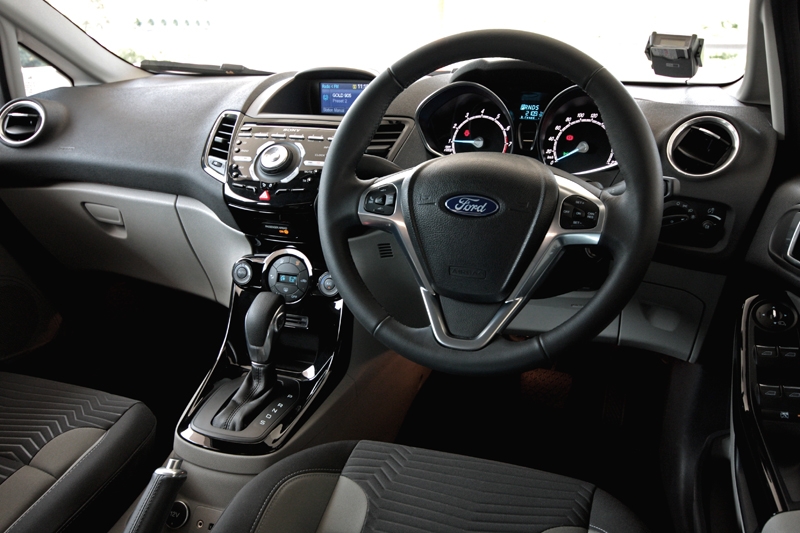
The interior has nothing much to shout about, frankly. Seats come with interesting 3D fabric, everything is well put together and the leather-wrapped steering wheel is lovely to touch. The climate control buttons are new and idiot-proof, USB and auxiliary input slots are logically placed and there are, surprisingly, lots of storage areas. That said, rear legroom is sufficient for a car this size and the 290-litre boot space (this expands to 974-litres when you stow away the backrest and boot tray) is decent enough for daily use.
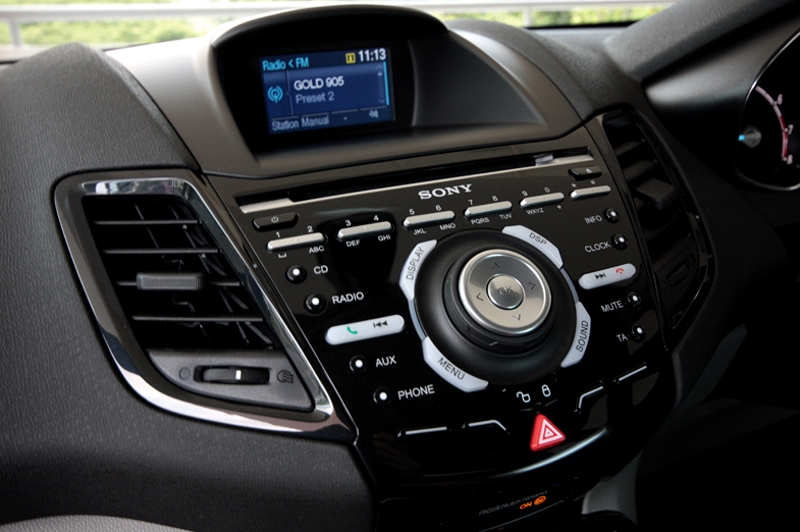
But it is my civic duty to report on the little niggles that lies within the cabin. Firstly, it’s that el-cheapo Sony audio head-unit. The reflective plastic leaves scratches and fingerprints, is perpetually home to dust and the buttons are all fiddly and, pretty much, useless. Best of all, from your optimal driving position, you need to use a pair of binoculars to see what you’re pressing on; plus a microscope just to look for the door lock/unlock button.
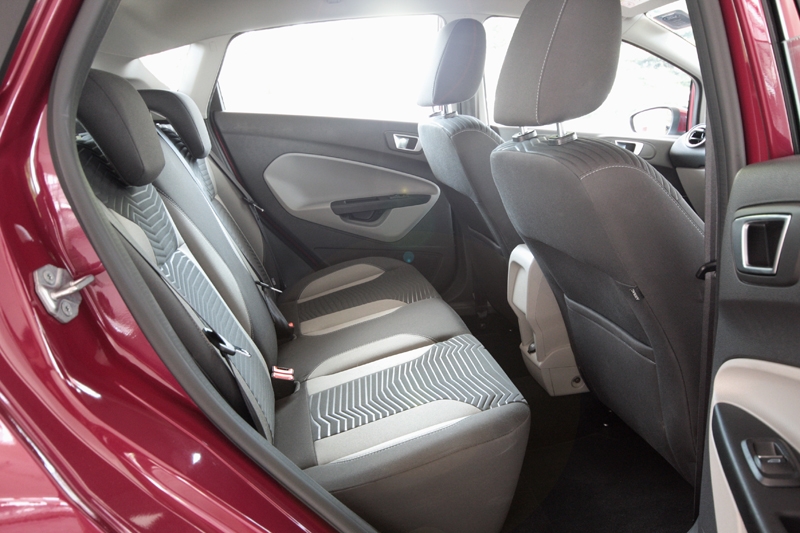
Then there are the door panels. Simply, the plastic used here are just low rent.
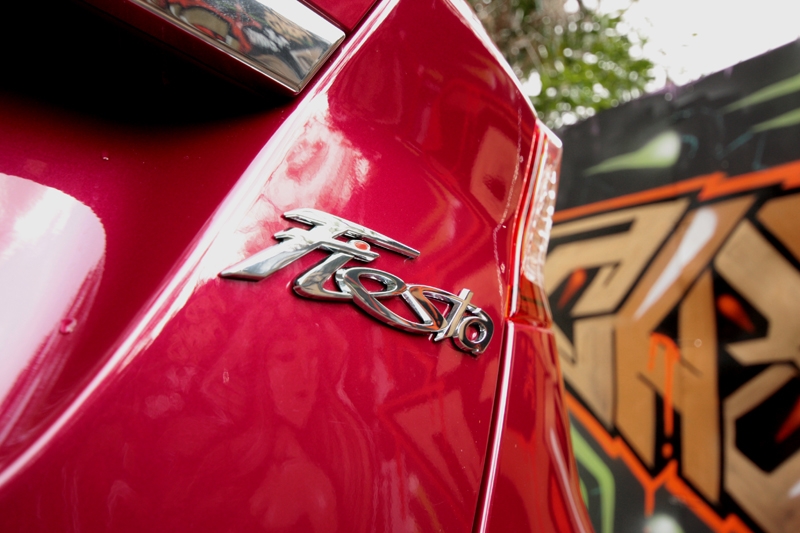
Objectively as an entire car, the Ford Focus EcoBoost is an impressive little hatchback that delivers so much driving satisfaction. The engine, transmission and handling meld together to make it a very good car; something that would worry Volkswagen. Importantly, it’s fast and is a perfect companion if you’re (a) not a morning person, (b) have trouble waking up in the morning and (c) consistently late. Buy one and perhaps by the next appraisal, you’ll finally get the “Most Punctual Employee” award.
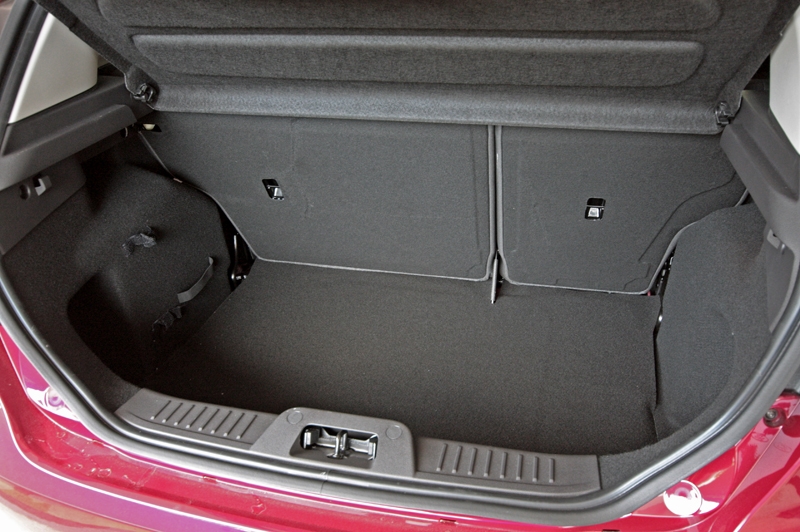
That quality issue, on the other had, need some getting used to. I suddenly appreciate my Kelisa’s not-fancy-but-easy-to-operate audio head unit and clothed door panels…
